Living On The Marshall Islands as Expat: Useful Tips
What is it like to live on the Marshall Islands as an expat?
In this expat interview, Sara shares her experience in Majuro, Marshall Islands. You’ll find out the cost of living on the Marshall Islands and moving procedures, overcoming culture shocks, and things to do on the Marshall Islands.
Where is Majuro, Marshall Islands?
Majuro, Marshall Islands, have you heard of it? Most haven’t.
If you were to look at a globe, I’d tell you first to find the international dateline. Next, locate where that crosses the equator, now look up, and to the left of that point, and bam, you have found it.
The country consists of 29 atolls, made up of over 1,000 islands. Majuro is the capital city and the largest atoll of the 29.
They were formerly known as ‘Jolet Jen Anij,’ meaning gift from God. Eventually, they were named after John Marshall, a British explorer who visited in the late 1700s.
With a population of just over 50,000 people, about half live in Majuro alone. It’s a small island where everyone knows everyone and knows everything. Anyways, you get the idea.
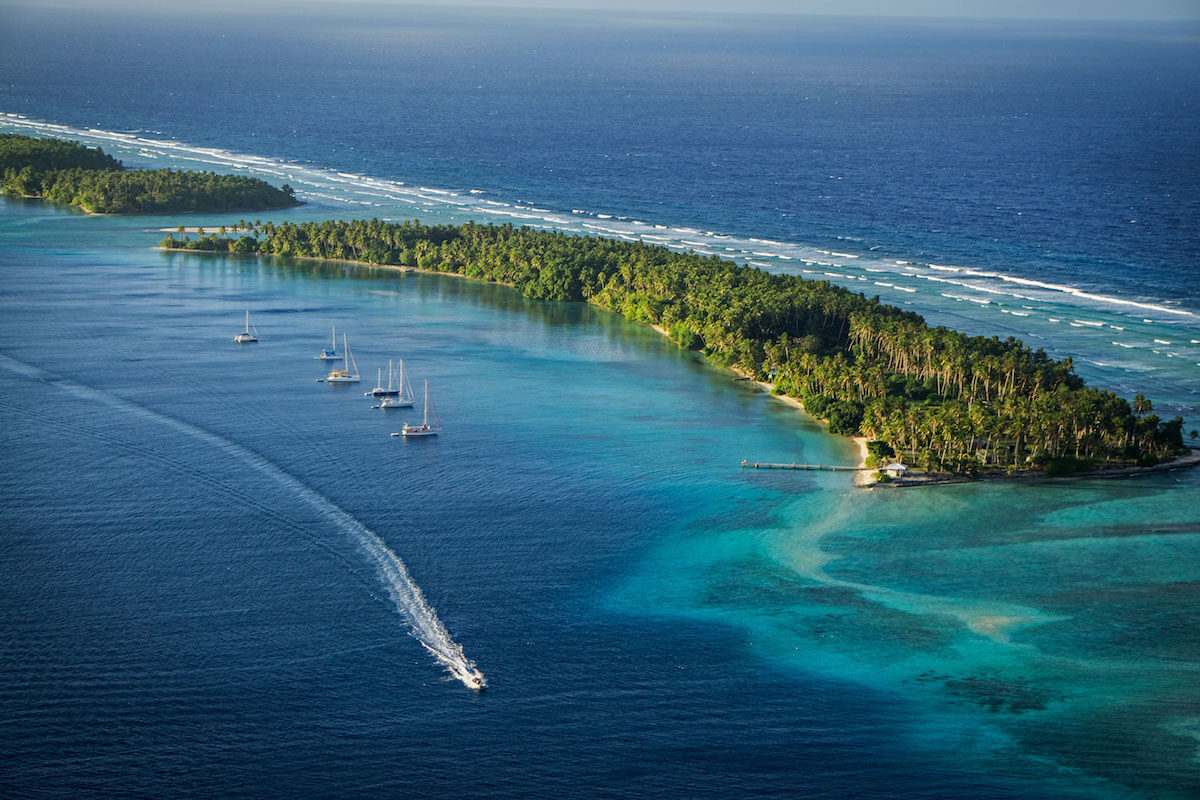
Why did you choose to live in Majuro?
Honestly, my friend had mentioned the Marshall Islands casually in conversation one random Sunday when I was looking into where my next destination may be.
I decided to google schools there, and I found that there was one international school.
I decided to apply. Within a week, I had two interviews under my belt and a job offer to teach Grade 5 for the coming school year.
I also had interviews for schools in Southeast Asia, like Singapore and Vietnam, but the intrigue of going somewhere I knew very little about won over the rest.
I don’t know why the unknown always fascinates me more, but it happened again after Majuro, chose Niger over Guatemala.
Tips
- Moving tips: Relocating abroad? Try Sirelo for free quotes from top international movers that fit your budget. Learn more here.
- Money transfer: I use Wise for my international transfers. Quick, secure, and their fees? Way lower than most banks I’ve tried!
- Expat insurance: Life abroad has its surprises; make sure you’re covered with expat insurance.
How to move to the Marshall Islands?
I was living in Whitehorse, Yukon, which is in Canada for those unfamiliar.
I had been substitute teaching there for the 2014-2015 school year. But I had recently been offered a job in the Marshall Islands.
To move to the islands, I first had to pack up my car and move everything back home to my parents’ house in the Toronto area (where I lived before taking off for the Yukon).
Since I had to drive all that way anyway, I ended up on a (partial) solo road trip across my own country for three weeks.
After that was over, I spent a few weeks at home with friends and family and then packed up anything I needed to live and teach in the Marshall Islands, and I was on my way.
I left at the end of July 2015.
To fly to the Marshall Islands from Canada or even the US, you must first fly to Honolulu, Hawaii.
United Airlines runs the only flights from this side of the world and fly from Honolulu. There are other airlines, but some are just flights to other islands or fly down to Australia.
How to prepare for moving to the Marshall Islands?
Before leaving for the islands, I was put in contact with current teachers at the school to get more of an idea of what the islands were like.
I asked them whatever I needed to. Usually, when you find a job with a school, they like to put you in contact with current teachers to help with that sort of thing.
I am more of a researcher. I used blogs and online articles to find my information.
There wasn’t exactly a lot of information, even online, about the islands at the time. Especially not about what it would be like to live there.
I started to do what research I could. Found out the customs, what is appropriate to wear to school, and everyday life.
The islands are conservative, and it wasn’t the kind of island you would find yourself wandering around in your bikini regularly.
So making sure I understood what I should pack and what I shouldn’t was important.
And me being me, I also looked up what airlines flew in and out of there and where I could go for my holidays.
I wanted to know what I was getting into, but there was literally one blog on Majuro at the time, and it just talked of how she dealt with a food shortage, living off the rice. Which at least prepared me for that possibility.
The cost of living on the Marshall Islands
a) Housing
The cost of living is dependent on what you are doing there. I was a teacher at the international school, and as such, I was provided housing adjacent to the school itself.
It would be hard to give you an estimate of the cost of rent, as I was completely oblivious to that.
I also wasn’t paid much over $1000US a month, which is not a lot and makes your budget, even if you aren’t a budgeting person.
b) Food
The cost of food is dependent on how picky you are.
My boyfriend spent about $10-12 US a day on food, but he lived off tuna (fresh and canned), cereal, apples, bananas, and oranges. I spent a little bit more a day, as I was pickier.
It was hard to eat a healthy diet at all times, as when produce came, you had to eat it right away to make sure it didn’t go bad.
This is definitely not one of those islands with all kinds of tropical fruit growing. Besides coconut and bananas, nothing else really grew there.
So produce was shipped in and would often go bad quickly or just be sold out by the time we could get there.
And it was often expensive in comparison to the US or Canada, as it was shipped in. To put it into perspective, a pack of strawberries was $14.99US. But apples, bananas, and oranges were reasonably cheap. There was a 4% tax on goods.
c) Eating out
Restaurants were typical prices you would expect at any restaurant around the US.
Taxis were cheap. $0.75 to get anywhere on the main side of the bridge (where most things were), but if you wanted to go past the bridge to Laura Beach or the Airport, it would be a couple of dollars instead.
d) Transportation
I only really needed taxis for going to Laura Beach or the Airport, or when we were going to Eneko Island and had something to bring with us. You flag one down and hop in, even if there are already people in it.
There was only one road it went back and forth on, so if it’s going the right way, you can jump in.
I walked a lot, though, and I didn’t bother having a cell phone for my time there.
Usually, I used wifi at work and home on my phone, but the cost of phone credit was not that bad for those who chose to do so.
I felt like I could easily walk and knock on people’s doors instead of calling them personally.
e) Traveling around
A trip to Eneko Island was fairly cheap.
It was $20 each for a boat ride (round trip) and then $40 for a single bungalow or $45 for a double. There is also a new (and nicer) beach house offered for $150 for the first night and $125 for any extra nights.
We booked through RRE Hotel, as the dock is just outside the hotel to pick up the boat.
You have to bring all your food, though, as there is no food on the island. Also, no fridge to put it in, but there is a kitchen to cook in, so planning accordingly is always a good idea.
How to deal with culture shock in the Marshall Islands?
I wouldn’t say it was the culture shock, per se.
It was more of the shock of being in such an isolated place. You could walk the width of the island in a matter of minutes.
And the length of the island, I never walked, but I am sure it could be done.
There wasn’t really anywhere to go, and there wasn’t a whole lot to do. This hits you in bouts, not all at once when you get there, but periodically when you are there.
You realize how boring a person you are when you realize you can’t keep yourself entertained.
I didn’t have too much of a problem with it. I loved reading. And writing. And once I realized boredom was real, I quickly figured out how to keep myself entertained.
Most of it involved throwing myself into my teaching job and coaching basketball.
Discrimination: Yes or No?
I was told that the island was conservative before I got there.
They were warning me that bikinis were frowned upon. Strappy dresses. Short Shorts. And so on.
I was a little worried that I would be discriminated against a little because although I am respectful of culture, I am not a fan of perpetuating controlling patriarchy.
I also am skeptical of a dress code that is not based on tradition but on what those who colonized the island told the locals they should be wearing.
Topless and grass skirts are traditional. Look it up. But I digress.
I honestly never felt discriminated against by locals, and I felt that expats, usually coworkers, were more concerned about what I wore than the locals.
Also, I stand out anyway, with a half-shaved head and tattoos, so I would be looked at regardless of whether I was covered head to toe in fabric or if I walked about in my tank top and shorts.
It wouldn’t matter, but I never felt I was treated poorly by anyone because of my foreigner status or even what I wore.

Difficulties while living on the Marshall Islands
Everyone thinks of the island and automatically thinks of beautiful beaches and paradise. But there is so much that goes with that.
First of all, our apartments were on the ocean, hard not to be, no matter where you lived on the island, but there wasn’t really a beach, just massive rocks.
It served me well as I watched the sunrise from them every morning. But it wasn’t exactly the paradise one builds up in their head.
With ocean air comes ocean rust and mold. My apartment was full of mold. It was easy to replace my mattress, but the mold formed on my jewelry was not as easy.
And the rust! I was not prepared for it.
Things rust quicker than you think if you don’t take care of them. Something I wasn’t prepared to worry about. And with a small island comes isolation.
I found myself worried about making real friends while living there, with such a small expat community on the island. Luckily that didn’t last long.
What do you like about Majuro?
The people.
The students, really. They had hearts. It was hard not to love them. It was hard to leave those kids even when they frustrated you, and I was only there for a year.
After three years there, my boyfriend was a mess when we left.
There’s just something heartwarming about the place. It didn’t hurt that we lived on an ocean, and I loved stand-up paddle-boarding. I regret not using that more while I was there.
Are there bad things about Majuro that you don’t like?
a) Oppression of women
I don’t like the oppression of women.
Women are made to feel ashamed of their bodies. I tried my hardest to instill in my students that they had nothing to be ashamed of.
Also, the underlying domestic abuse they deemed part of the ‘culture.’ So many stories ran rampant on the island, with not much being done about it. I wasn’t prepared for that.
It’s hard to wrap your head around and not want to do everything in your power to help every single child, every single woman, going through it.
But you do what you can. Give your students a safe space to spend their time. Give them your love and attention.
b) Garbage
Also, garbage. It was a huge island-wide problem.
Trash was everywhere on the island and often thrown directly into the ocean. It stems from the fact that their dishes used to be coconuts and leaves, so they are used to that being biodegradable.
But there’s no excuse anymore. They have used paper and plastic and packaging, enough now to know they need to change that habit.

What are your favorite things to do in Majuro?
Watch the sunrise. I spent every morning (when it wasn’t raining) watching the sunrise over the Pacific Ocean.
I would grab my headphones and a coffee, sit, and fall into a meditative state, watching the colors fill the sky.
And when I had the energy and time, I watched the sunset on the other side of the island. Nothing beats those mornings on the ocean.

Where to visit on the first trip to the Marshall Islands?
If my friends had visited me, I would’ve taken them directly to Eneko Island. It was an island that was a part of the same atoll, Majuro Atoll.
It was only a quick 20-minute boat ride away. You could camp or stay in the bungalows there.
And most of the time, you were pretty much alone staying there. Snorkeling and using my stand-up paddleboard were two of my favorite things to do there.

Making new friends in Majuro, Marshall Islands: Easy or not?
As a teacher, it’s easy. Coworkers become friends and family. But other than that, not as easy right away. As I mentioned before, it’s a small expat community. If you wanted to meet friends, you could.
My coworkers were always meeting new friends, whether it be tourists, pilots, or whoever else.
But personally, in my old age (I am not that old), I am picky with whom I spend time with, and it was a little harder for me, as I prefer to make friends with people I make genuine connections with.
Do you hang out with locals or foreigners mostly?
I definitely found myself hanging out with foreigners more than locals on a friend basis.
But I spent a lot of time with students too: Many basketball practices after school, one-on-one tutoring those girls who needed extra help after basketball, and so on.
My core group of friends was foreigners.
Where do you usually hang out with your friends?
Restaurants weren’t exactly abundant.
We did go to Tide Table often for food. Every other time I went, I was unsatisfied with my food. But when they had all the ingredients, the nachos were so good. Marshall Islands Resort (aka MIR) was a lovely spot near the water. The pizza there was good. But to be honest, none of the restaurants would satisfy a foodie. Definitely not a destination you travel to try local cuisine.
Coffee shops weren’t in existence. Unless you count one spot that I can’t even remember the name cause it doesn’t count.
We sometimes got coffee from the little stand/shop in front of our school, but it was just instant coffee most of the time, and I could make that myself.
So hanging out was usually done at each other’s places, or on weekends we would head to Eneko Island for the night. Sundays were spent on Enemanit Island, owned by a parent at the school.
Expat community
Teachers were the main expat community though others were there—even other teachers, such as teachers who were a part of the program World Teach.
The island was small. Even if you didn’t hang out with all the expats, you knew them and had seen them around.
Many pilots worked on the tuna boats, and mostly from Australia, New Zealand, or the US.
Did you change your perspective after living here?
I honestly didn’t have any set expectations going in. I didn’t know much about it.
It wasn’t an easy place to live, but I miss it a lot.
It’s hard to put into words the kinds of connections you make with the people on the island.
For my boyfriend and me, it was the connections made with our students.
It was a whole other world over there.
When I first got there, I definitely worried that I would have a hard time, but as you ease into a life, it becomes comfortable and familiar. You find things to do.
Any tips for moving to the Marshall Islands?
Do not look at pretty pictures from there and think that it’s all beautiful beaches and sunny days.
Do not go with high expectations. It will change your life spending time living there, but you have to go with ways to occupy your time.
Make use of the ocean. Swim. Surf. Paddleboard. Do all the things. Climate change is real and destroying the islands, and they may not be there in 20-50 years.

Do you recommend living on the Marshall Islands?
I won’t lie. I recommended a teacher friend of mine live there, and I recently found out she left to go back home to the States early.
It isn’t for everyone, and I know this, but I would still tell people to give it a try. I loved it. My friends and coworkers loved it. But that doesn’t mean I think everyone would.
It is not a place I would recommend anyone go and settle down for a long time. But it’s a place to go for a year or two and see how it goes.
What have you learned from living abroad?
What haven’t I learned?
I believe that we are constantly learning throughout our lives, regardless of where we are and what we are doing. It’s important always to keep learning, keep experiencing new things, and grow.
Each new place I move to helps me grow. I learned new ways of living. You learn to deal with things you may never have had to deal with if you stayed home in your hometown.
I have lived in many different places and learned many different things, and it’s hard to recount all of them.
My mantra in life is ‘never a grown-up because I am always growing.’ And that’s me, always adapting to new places, learning new things, and growing.
About Sara
It’s Sara here. I am originally from Canada but have lived abroad on and off since 2009.
I initially left Canada to go to school in Australia for a teacher’s college. And it is teaching that has led me to live abroad on and off since.
I have taught in Thailand, Canada, the Marshall Islands, and Niger, and am currently in Vietnam.
Although I used to teach elementary school, I have switched over to teaching High School English Literature. I have always wanted to be a teacher, ever since I was little.
Though most fall into teaching because they want to travel, I fell into traveling because I wanted to teach. With no jobs for teachers at home, it was easier to pick up and go.
You can follow Sara and her adventures on Instagram.
The opinions expressed here by Expatolife columnists are their own, not those of Expatolife.
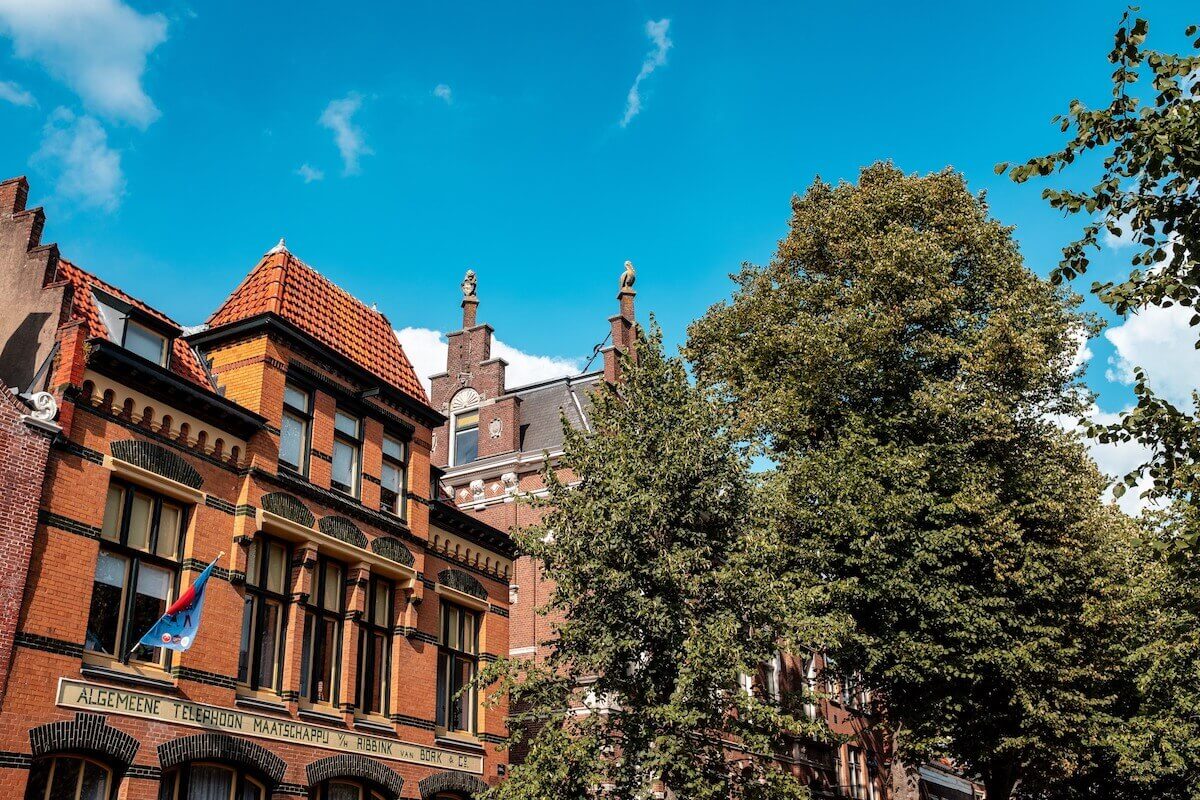

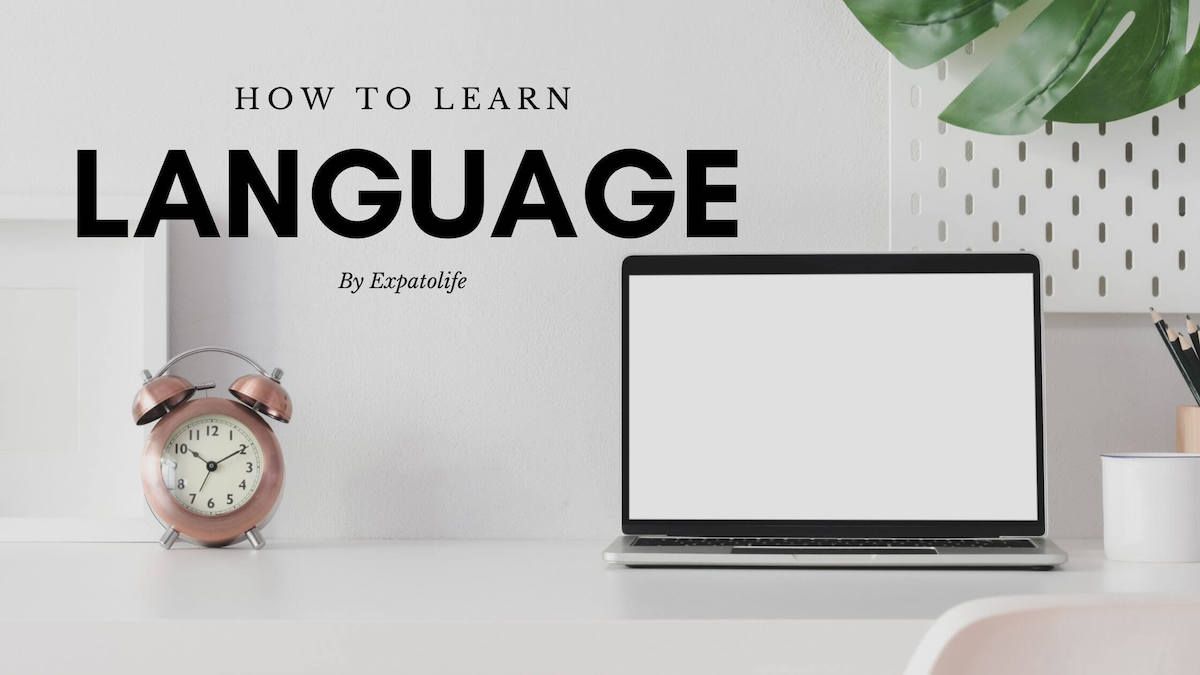
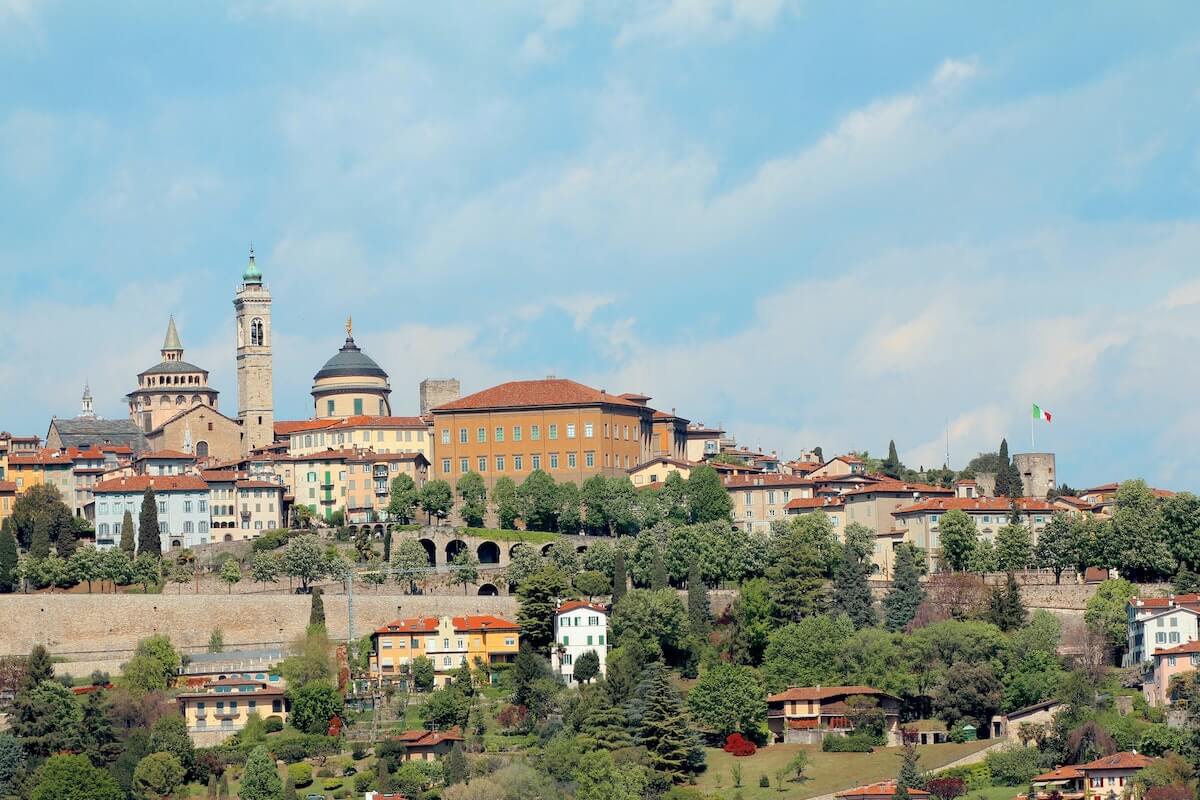
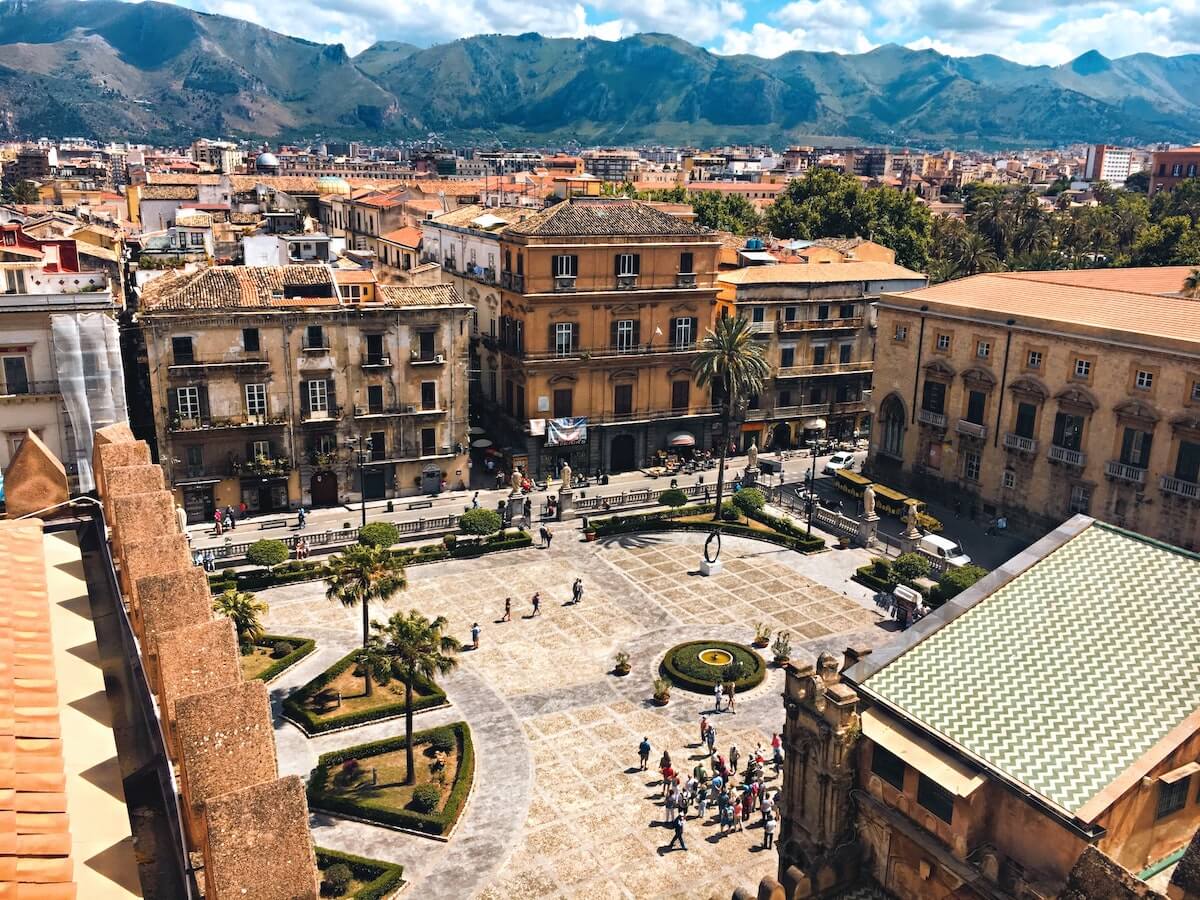
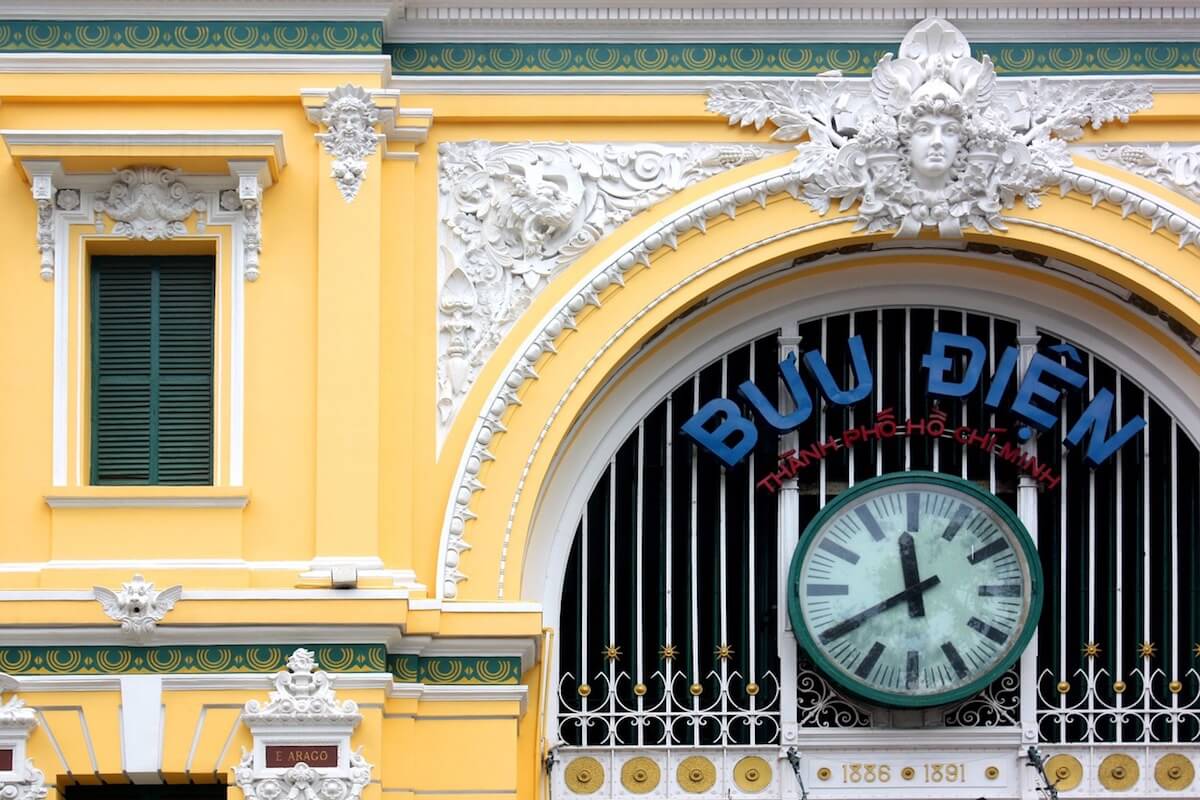
This is such a great interview! I loved how Sara mentioned that she traveled to teach rather than taught to travel (so refreshing!). I also loved her honesty about the Marshall Islands’ problems with pollution and patriarchal attitudes to women. It’s only when you live in a place that you get to see what’s really below the surface.
This is why I start this interview – to help people see what’s it like to live in a city from an expat’s viewpoint. I’m glad that you like the interview, Suzanne :)
This is such an interesting interview, and on somewhere I’ll only ever see in documentaries I’m sure! I understand the point about the oppression of women, but it’s something we take for granted in the west. Stunning photos though, so enjoy it while you can!
Thank you, Lisa. I’m happy that you enjoy reading :)
Had almost no clue about Marhsall Islands and now I can’t wait to go visit. A beautiful interview that captures the heart of island living and I love the fact how the islands still remain so natural and old-fashioned in good and bad ways. Enoke Island sounds fantastic and I love it when there’snot much to do in a place but enjoy the sea and relax.
The island is really beautiful with the blue coast and clear water. I hope you can visit here one day, Raghav :)
To begin with, no, I haven’t heard of the islands as well. So, thanks for introducing this place to me!
Awesome that you managed to find a job there immediately! Congrats!
The relaxed lifestyle and the beauty of the landscape around is just too awesome!
Thank you, Bhusha for sharing :) I’m glad that you like the interview.
That must have been one hell of an adjustment to go from the far north of Canada to the Marshall Islands but at least the temperatures would have been better..lol…I have a huge respect and admiration for teachers like yourself who dare to go beyond the usual Canadian boundaries good for you. I am a fellow Canadian from Ontario and know how difficult it is to get teaching jobs in my province and know many young teachers who are doing this I think it is amazing.
It’s great that you’re from Canada as well, Faith. I’m really impressed that Sara taught English here as well :)
I had not even heard of Majuro. What an incredibly gorgeous place! It is so interesting to see an expat’s view of the place. $1000 is actually less but I guess one learns to manage. Unknown fascinates me as well and I would love to work on this island for some time.
After this interview, I also think about working on an island too. It sounds really cool!
Loved reading this piece of article. It’s always great to know about a place, the food and transport facilities there from someone who has lived there and even more interesting insight when it’s from an expat. Eneko Island sounds beautiful, booking a bungalow to camp sounds fun and a great getaway.
Thank you, Rashmi. It’s really interesting to know what’s it like to live as a local here :)
This looks like a paradise and it was interesting to read the interview, to find out about the struggles as well, and not only the beauty. I would love to live on such a small island but I would probably have issues with the mold as well. That is bad not only for your belongings but for your health as well. It was nice to read that the locals are really nice and there was no discrimination against foreigners (and tattoos – i have one as well :) ).
Thank you, Joanna. I’m glad that you found the interview interesting :)
I also like that there’s no discrimination against foreigners here.
It’s nice to know about a place from the view point of an expat. The island looks very beautiful. It’s quite interesting to know about the details of the place – transport, food, housing, environment, challenges etc. Loved reading this interview. :)
Thank you, Shaily. I’m glad that you like the interview :)
Hello Ha – First off, thanks very much for this very informative and useful blog. It is very difficult to find practical information about the Marshall islands. I have a job interview soon regarding an English teaching position in Majuro, with Majuro Cooperative school to be more precise (do you the school by any chance?). I’m in the ‘data gathering’ phase, I’m reading everything I find about Majuro and the Marshall islands. Hence, the reason I’m here. If you may, I would like to ask you some questions.
1- How many hours did you teach per week? What were your teaching hours like per day?
2- I’m an English Teacher with a CELTA + 2years experience, what can I expect salary wise? Given the fact that housing is provided, how much money do you need per month to live comfortably in Majuro? And, what are things that eat up your salary? (food? utilities? entertainment?…etc.)
3- How is the health care system on the island? Are there any serious sicknesses on the island? Have you got sick or know other people who got sick? Was it serious?
That’s all for now. Looking forward to hearing from you.
Mehdi
Hi Mehdi!
I am Sara. I was the one who was interviewed about this.
I worked at COOP, it is a wonderful experience but it definitely comes with it’s hardships.
So I taught Grade 5 at COOP, and every day was a bit different, schedule wise, as one day my students would have PE, Music and such all in one day, so their core classes which I taught, were less. Are you teaching Middle School or High School English?
Everyone had a different salary based on qualifications. I had canadian teaching certification and a couple years experience, so it would be different than yours, but not by much. I made about $1100 US which wasn’t a lot. But definitely made do with it. Whether you can live off it or not is subjective. I had no problems, and even saved money and traveled on my breaks. Some other people would disagree. Groceries can get pricey, as produce can sometimes be scarce and is shipped in, so they are fairly expensive. But it is possible to shop cheap. My boyfriend, whom I met there also teaching, lived off tuna, cereal, bananas, oranges and apples for like $10 a day. And he was a big guy and ate a lot. lol.
I lived without AC in my apartment so my utilities ran cheap. It’s a meter that you pay per use. And the points would lower and lower, and you go buy more at the store. Most people used AC. I was in a corner apartment and kept my windows open (which resulted in things like my jewelry molding).
Health care is cheap. A bit sketchy sometimes but good for most regular things. Dr. P was the best to go to, COOP will tell you about him. I broke my leg on vacation in Pohnpei and had my cast removed when I was back in Marshall Islands which was a bit scary but all went well.
I also got a mosquito bite that lead to chikungunya, which most people have gotten if they lived there. It goes away after a few days or a week. Joint pain, rash and such. It wasn’t too bad. Some people got boils. My boyfriend ended up with a staph infection, before I had lived there. So there are definitely things that occur, but just like anywhere and there is medical care to treat it all.
I can answer any more questions you may have if you want. Look me up on instagram @thelifeofasolivagant or my website http://www.thelifeofasolivagant.com